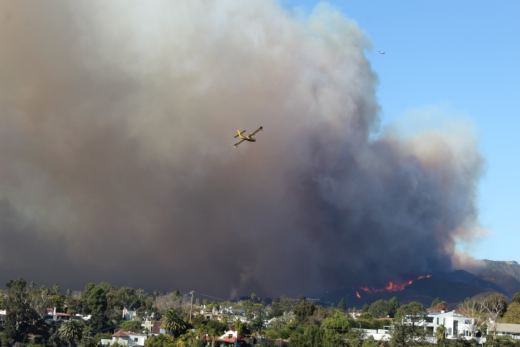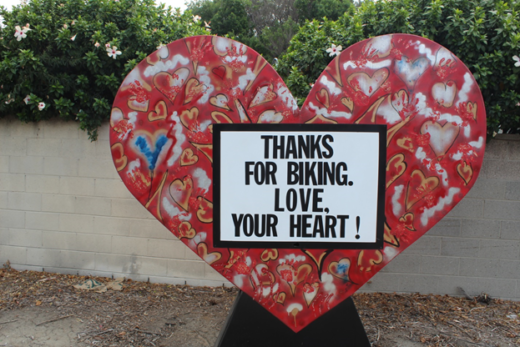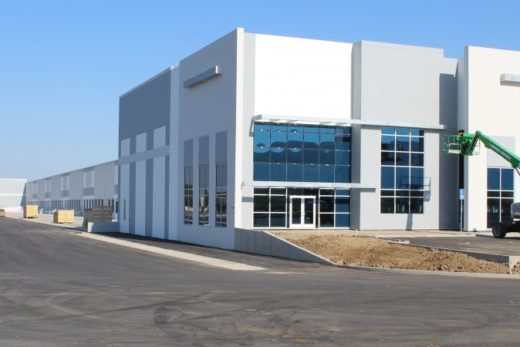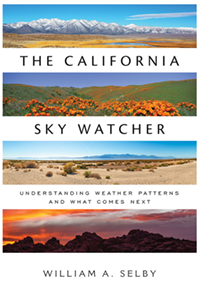Advancing technologies have drastically boosted efficiency and cut costs over the years to make solar energy far more affordable, practical, and irresistible across the Golden State. But our developments and investments in giant, cutting-edge solar “farms” that harvest, concentrate, and then distribute energy to millions of distant users has unintended consequences. These developments have encouraged Californians to rediscover how so many of their energy solutions can be found right in their own homes, businesses, and backyards. Billions of energy dollars, tons of natural resources, the health of our communities, and huge expanses of our public lands are at stake.

The development and use of affordable renewable energy and our increasingly more efficient use of resources is keeping tons of pollution out of our air, water, and soil, while saving Californians billions of dollars in the long run. Millions of people and entire ecosystems are healthier as California helps to lead the nation and the world toward a cleaner and more promising energy future. As the state’s per capita energy use and greenhouse gas production continues to decline, individuals, households, and businesses have discovered a treasure trove of long-term savings that can be routed to improve the quality of our living and working environments. But since the devil is often in the details, what are these sources of energy and how reliable are they?

The Golden State is progressing toward a challenging goal of 100% “clean” electricity by 2045. But it is important to note that, by 2022, such “clean” sources (according to the California Energy Commission) included all renewables (39+%), large hydropower (≈11%), and what remains of nuclear (≈11%) in the state. Solar, wind, geothermal, biomass, and small hydropower are considered renewables. But there’s something missing here that I’ll call small solar power (often referred to as passive), though it isn’t small at all, since it’s working for us everywhere on every day and it is the source of almost all the energy that surrounds us.


The energy industry often divides active solar into two categories: solar thermal and solar photovoltaic. The larger projects have generated tons of controversy. For instance, the Ivanpah solar thermal facility, with a price tag of more than $2 billion, was touted as the world’s largest. You can’t miss it if you are driving through the Mojave Desert along Interstate 15 just before crossing into Nevada. This is where once wild open desert has been covered with giant mirrors to focus intense sunlight toward 450-foot towers where high temperature steam turbines generate electricity. The electricity is sold to you through companies such as PG&E and SCE, but millions of dollars of electricity are lost through wires transmitting it to distant urban centers. Meanwhile, the desert along Interstate 10 to Arizona is being covered with photovoltaic panels on BLM land that is now known as The Riverside East Solar Energy Zone. This includes the sprawling Chuckwalla Valley, which has become a sea of solar panels that has also been advertised as the largest such project in the world. In both of these gargantuan solar energy “farms”, enormous expanses of open public desert ecosystems have been sacrificed to gather and concentrate solar energy and convert it to electricity that then must be sent out to urban areas more than 100 miles distant.

As with other major power plants, these solar “farms” come with plenty of baggage. Habitat destruction haunts each project. Thousands of birds and other wildlife have been unintentionally killed each year by these behemoth projects. Precious groundwater supplies have been threatened. Desert dwellers and cultures that include Native Americans have also been impacted.

Desert devotees wonder why more solar panels are not being installed on top of existing warehouses, parking structures, homes, and businesses, in urban areas where the energy is being used. Even when the cost of storage batteries is added to solar installations, the payoff time is often less than 10-15 years, when consumers begin getting their solar energy for free for the life of panels that can last more than 30 years. And when homes or businesses with existing solar systems are sold, the seller gets more than their investments back from the added sales prices. Those who don’t want to pay upfront costs and take responsibility for owning and maintaining their solar systems are enticed by lucrative leasing arrangements; customers benefit from less expensive energy after paying a monthly fee to the companies who own and lease out the systems. Millions of rooftops and other urban spaces (including those for vital battery storage) are still waiting to harvest and store otherwise wasted and increasingly competitive solar energy for the taking. So why aren’t more families and businesses being encouraged to make such smart investments in otherwise underused urban spaces that can guarantee long-term profits?

You can see why the chorus of concerned citizens and energy experts advocating for more efficient, local energy production is growing louder. They argue that many of the most competitive sources of future energy can be found on our roofs and in our cities where energy is used and that destroying distant public lands and ecosystems is not sustainable. They also argue that local energy issues and problems can be more efficiently addressed with local solutions that help consumers gain control of their power sources. Similar controversies have swirled around some of the ubiquitous wind turbines that have sprouted above rural and remote regions across the state. I address some of these issues in my new book, The California Sky Watcher.

And that leads us to the simpler and more pragmatic sustainable energy solutions sometimes known as passive solar. They often involve common-sense and time-tested planning with nature in practical ways that will allow us to save money, gain control of our energy destiny, and improve the quality of our living and working environments. Such solutions have been under our noses and calling out to us all this time.

Many of us have already discovered the advantages of greenhouses, skylights, sunroofs, and sunrooms that allow natural sunlight in, rather than relying on artificial energy-consuming light and heat sources. And this reminds us that almost all the energy surrounding us is direct or indirect solar. It’s the energy plants use to grow and that animals store as they eat. Whether you are a vegetarian or an omnivore, you are using indirect solar energy to read this page and walk across the room. As covered in stories from my new book and on this website, solar energy creates temperature gradients that build pressure gradients that propel the wind. The sun’s energy evaporates water and lifts moisture into the air to fuel storms that provide life-giving precipitation. There it is, always surrounding us. Because there’s far more solar energy than we will ever need, we need to continue to find more efficient ways of harvesting, storing, and using it.

The simplest acts include opening windows during the day and closing them before sunset during the cool season. During warm summers, keep them open at night through early mornings and then close them when daytime temperatures rise outside. You will keep fresher, healthier air circulating during the comfortable open times and prevent sick building syndromes that can develop in closed spaces. Investments in efficient ventilation systems also cut AC costs in the long run. Plant deciduous vegetation along south-facing walls to shade the hot side of the house during summer; they will lose their leaves to allow more light in during winter. Follow the source of light and heat by keeping track of the sun’s location in your sky as it changes during the day and the seasons. Eaves and overhangs can be just the right length to shade walls and windows from high summer sun during summer afternoons and then allow direct sunlight to warm those surfaces when sun angles are lower during winter. Think of the dozens of other ways you can reconnect to the natural world in and around your own living and working spaces, relieve nature deficit disorders, reap the physical and mental health benefits, and save money in the process. After all, we are fortunate to live in plein air California, not Chicago.

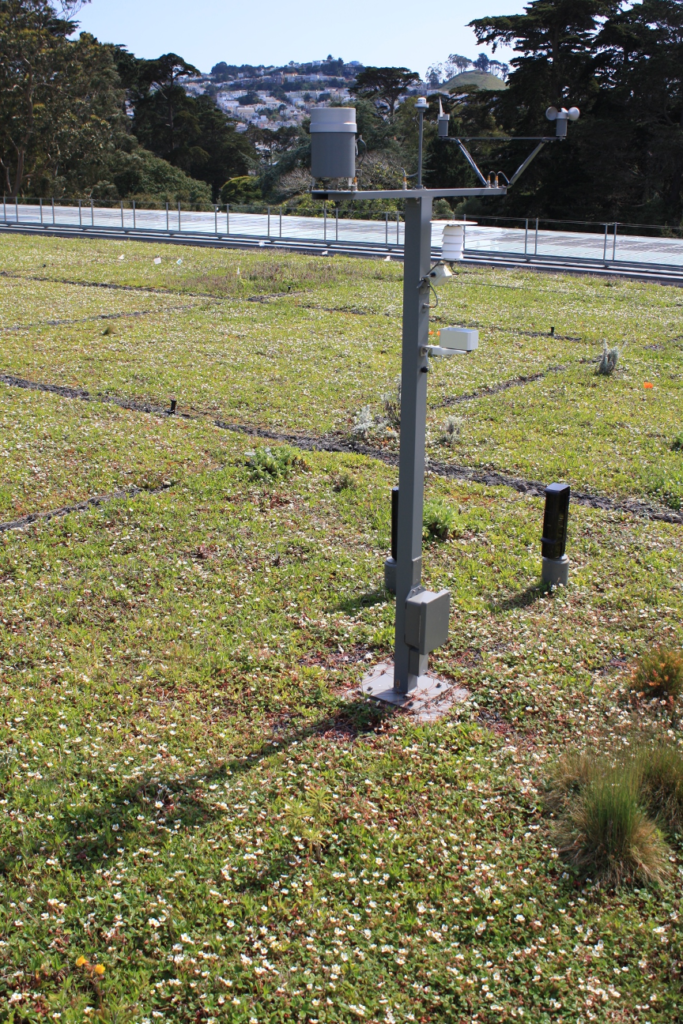
The best California architects know how to design smart buildings with more sophisticated passive solar features. It might take a little more planning ahead, but such short-term investments will lead to long-term rewards that just keep on giving. Double-paned energy-efficient windows (with Energy Star ratings) and doors and improved insulation have become the standard for good reasons: these upgrades cut energy costs as they allow you to better regulate the air in your home or business when temperatures become uncomfortable outside. Here is just one website from the U.S. Department of Energy that summarizes passive solar strategies. Here is another good introduction. You can also encourage efforts to become more efficient by supporting nonprofit organizations such as Sustainable Works. They have helped thousands of students, residents, and businesses save money while they also cut pollution and save our valuable resources.



We all use energy that can have negative impacts. But we are rediscovering how to create more comfortable, healthier living environments that will limit those impacts and save money in the long run. Sometimes it’s as simple as going back to nature. But it also requires that we work together. And in the bigger picture, that’s where Community Choice Aggregation (CCA) has made major progress across the state. At least 25 CCAs serve more than 200 communities in California that work together to pool their electricity loads, increase efficiency and grid resilience, and encourage renewable energy projects. The combination of simpler solar solutions outlined here, CCAs, and countless related efforts are moving the state toward a much greener and cleaner energy future … and proving how every Californian can make a positive difference.


Check out these sources for more:
Community Choice Aggregation (CCA)
Inside Climate News reports on groundwater stresses from desert solar projects.
A Passive Solar General Intro and Summary
California Academy of Sciences
The Academy’s Green Roof
California Air Resources Board Greenhouse Gas Inventory
One Architect’s Top 15 California Showcases
The 2023 Annual Global Climate Report summarizes how California is just another example of more general temperature trends around the globe.

